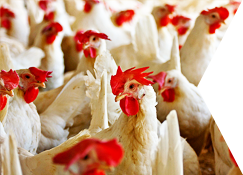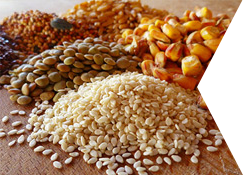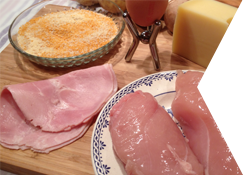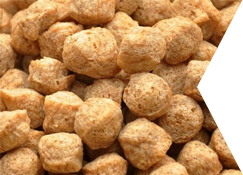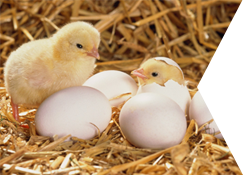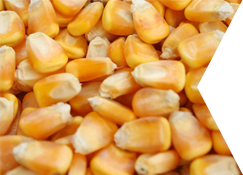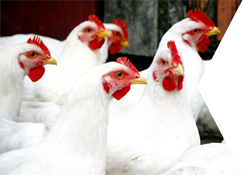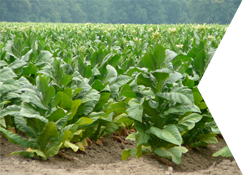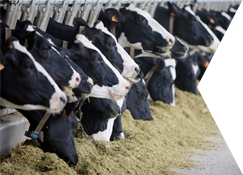Quality control is a particularly important issue in poultry farming because the end product is raw meat, which has the potential to carry disease-causing microorganisms. To prevent diseases in the chickens themselves, the chicks are vaccinated for common avian diseases.
In a typical process, there are two critical control points where we continually monitor conditions. There may be additional control points as well. The first critical control point is just before the cleaned carcass goes to the chiller. An inspector pulls carcasses at random and visually inspects them under bright light. No fecal matter is allowed on the carcass at this point. If any is found in the random check, the production line must be stopped and all the birds that have gone through the chiller since the last inspection must be rewashed and chilled. The second critical control point is when the birds come out of the chiller. The internal temperature of the carcass must be 40° F (4.4° C) or lower at this stage. Inspectors make random sample checks to verify internal temperatures. Though these are the most important control points, each plant designs its own quality control program, and inspectors also periodically verify the temperature of the scalding water, check the automatic equipment, and whatever else the we deem to require





